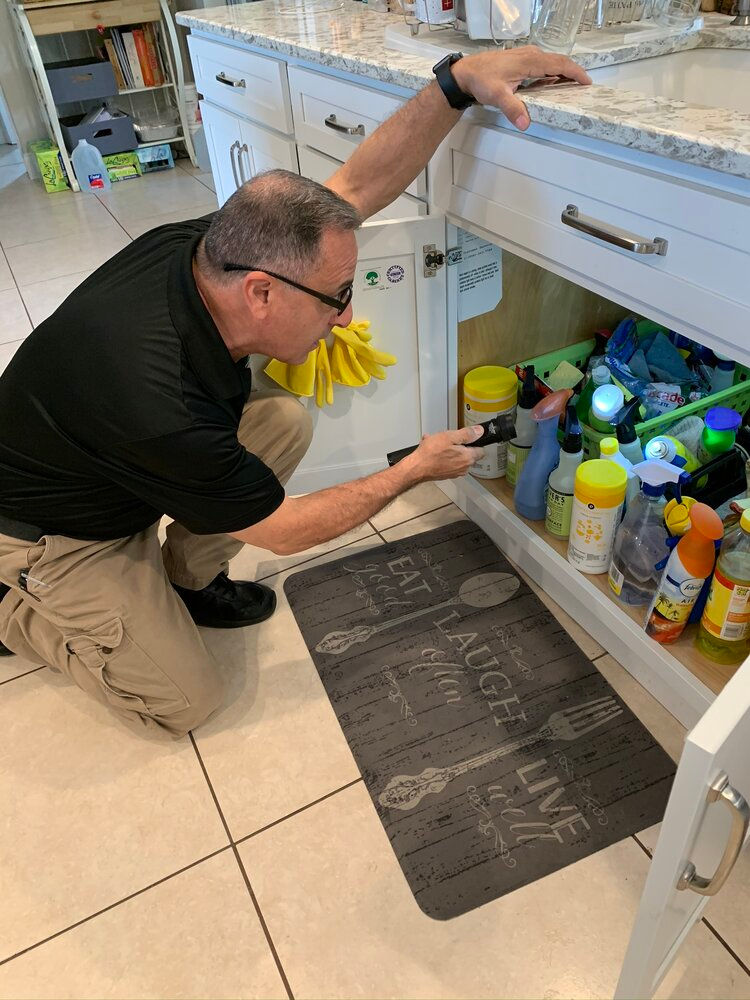Roof Inspection
- Michael Rizzuti
- Feb 28, 2024
- 2 min read
Updated: Jul 22, 2024

Roofs play a key role in protecting building occupants and interiors from outside weather conditions, primarily moisture. The roof, insulation and ventilation must all work together to keep the building free of moisture. Roofs also provide protection from the sun. In fact, if designed correctly, roof overhangs can protect the building's exterior walls from moisture and sun. The concerns regarding moisture, standing water, durability and appearance are different, reflected in the choices of roofing materials.
TIPS ON MAINTAINING YOUR ROOF
Homeowner maintenance includes cleaning the leaves and debris from the roof’s valleys and gutters. Debris in the valleys can cause water to wick under the shingles and cause damage to the interior of the roof. Clogged rain gutters can cause water to flow back under the shingles on the eaves and cause damage, regardless of the roofing material. including composition shingle, wood shake, tile or metal. The best way to preserve your roof is to stay off it. Also, seasonal changes in the weather are usually the most destructive forces.
INSPECTION OF ROOF LEAKS
A leaky roof can damage ceilings, walls and furnishings. To protect buildings and their contents from water damage, roofers repair and install roofs made of tar or asphalt and gravel; rubber or thermoplastic; metal; or shingles made of asphalt, slate, fiberglass, wood, tile, or other material. Roofers also may waterproof foundation walls and floors.
There are two types of roofs: flat and pitched (sloped). Most commercial, industrial and apartment buildings have flat or slightly sloping roofs. Most houses have pitched roofs. Some roofers work on both types; others specialize. Most flat roofs are covered with several layers of materials. Roofers first put a layer of insulation on the roof deck. Over the insulation, they then spread a coat of molten bitumen, a tar-like substance. Next, they install partially overlapping layers of roofing felt, a fabric saturated in bitumen, over the surface. Roofers use a mop to spread hot bitumen over the surface and under the next layer. This seals the seams and makes the surface watertight. Roofers repeat these steps to build up the desired number of layers, called plies. The top layer either is glazed to make a smooth finish or has gravel embedded in the hot bitumen to create a rough surface. An increasing number of flat roofs are covered with a single-ply membrane of waterproof rubber or thermoplastic compounds. Roofers roll these sheets over the roof’s insulation and seal the seams. Adhesive mechanical fasteners, or stone ballast hold the sheets in place. The building must be of sufficient strength to hold the ballast. Roof Inspection

.png)


Comments